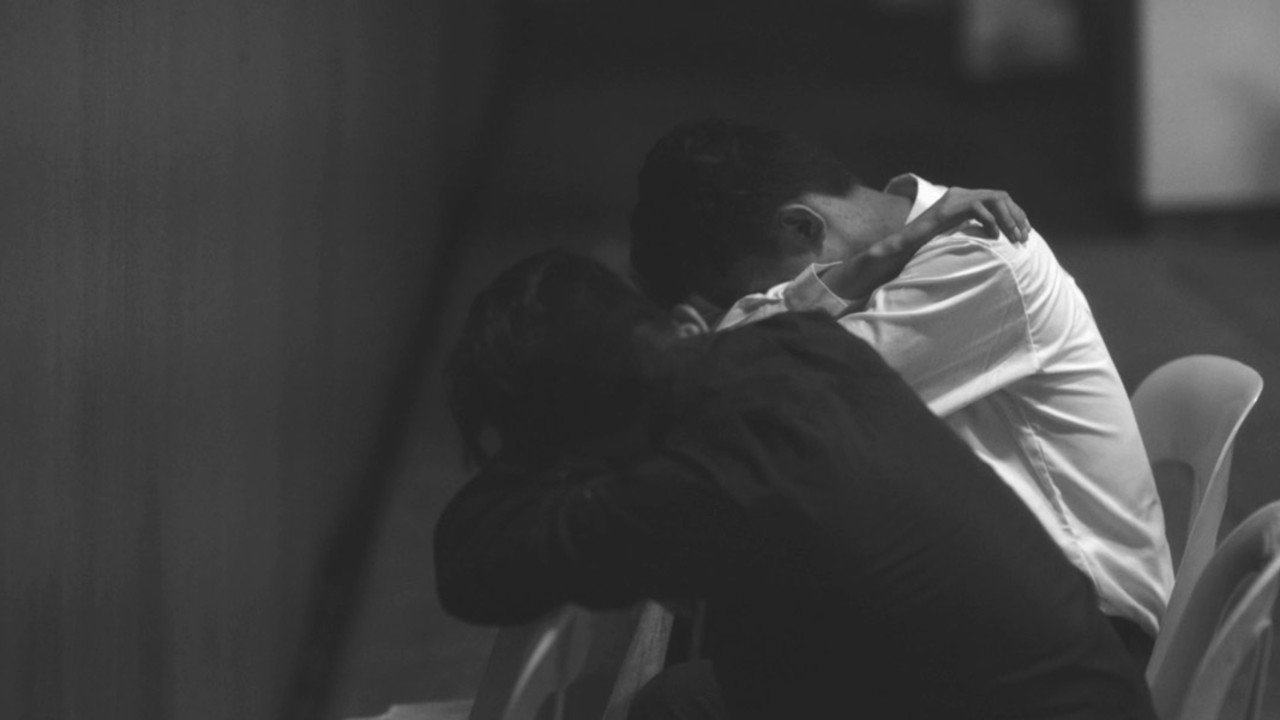 We Still Have to Close Our Eyes is a short film by Filipino director John Torres. The short film was programmed at the Toronto International Film Festival’s Wavelengths Shorts program. It was programmed together with the title ‘Lives of Perfomers’, offering intensely personal visions of the directors.
We Still Have to Close Our Eyes is a short film by Filipino director John Torres. The short film was programmed at the Toronto International Film Festival’s Wavelengths Shorts program. It was programmed together with the title ‘Lives of Perfomers’, offering intensely personal visions of the directors.
John Torres is an independent film director, producer and writer, widely known for his highly personal and poetic styles. He often intercuts and weaves together found footage, archival clips into powerful montages and elliptical sequences that unfold in unique narratives often with strong autobiographical references if not relating to current events, that tend to defy genres and tropes.
The overarching narrative of We Still Have to Close Our Eyes, plays out primarily over text on screen, and sees human avatars, being controlled and exploited by apps as well as the ominous presence of the police and government regulations. The plot itself is relatively loose, playful and surreal but it constantly pulls at larger topical issues, that elevates it into something much more pressing and important.
The film is presented in a documentary style and is interestingly repurposed footage captured on film sets, particularly of Lav Diaz, Erik Matti and several others. The presence of police is constant and made somewhat menacing despite an awareness that this is simply behind the scenes footage and even actual scenes from the film. Overall under the director’s experienced hand, this all naturally works in the format he seems comfortable with and doesn’t overstay its runtime without ever feeling indulgent or clumsy.
This familiar process of repurposing and re-contextualizing the footage creates an almost eerie but romantic mood. The elliptical storytelling tenuously flits in and out and is playfully poking at current events of problematic police systems and the trend of mobile apps to create a mythical world grounded in memory.
However, what seems to come out as well is Torres' hungry use of the other filmmaker's scraps and excesses. We constantly become almost by design, aware of Torres on the periphery of something larger, and utilising the productions overuse of light, props, costumes and extras - and as such become pulled into a second narrative of the filmmaker and filmmaking itself, and of status between the bigger filmmakers in the limelight and the ones in the periphery. That he used films that have already been paid for to create a new narrative he sets out to overcome financial limitations for the independent filmmakers. For me this is the more impressive story but it may pass by unnoticed.
Overall the film is easily summarised as a dreamlike fable on policing and society’s never ending exploitation of the less privileged for both economic and political gain. It isn’t hard hitting nor is it facile, the film is still impressionable and noteworthy at the very least, especially in the context of the filmmaker's process.
